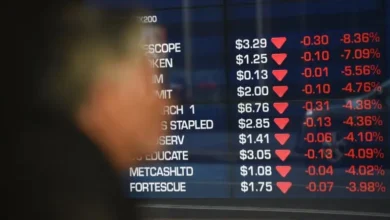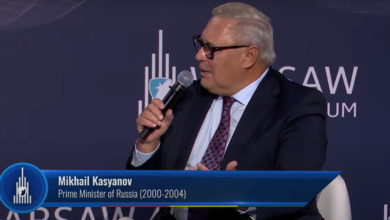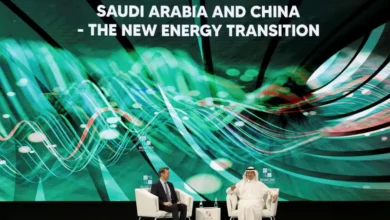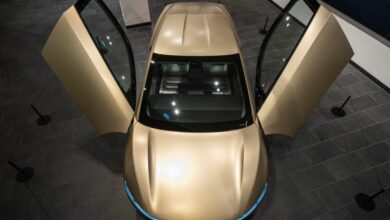Will Tesla’s cybertruck recover from its shattering start?

The last time Tesla boss Elon Musk took the stage to promote the electric car company’s planned “cybertruck”, its window ended up being smashed.
It was a shattering debut for the vehicle, meant to stake Tesla’s claim to the lucrative US truck market.
Four years later, as the company starts delivering the futuristic product to buyers, that problem has been fixed.
But questions linger over whether the truck’s unusual design will help or hurt its chances of success.
Mr Musk has said the truck – which is angular and made of rocket-like, bullet-proof steel materials – might be the company’s “best product ever”.
But speaking to Wall Street analysts last month he also said he wanted to “temper expectations”, warning there would be “enormous challenges” before the company was producing the vehicle in big numbers and turning a profit.
“It is going to require immense work,” he said. “It’s not a demand issue, but we have to make it, and we need to make it at a price that people can afford – insanely difficult things.”
The “bells and whistles” of the truck, which starts at a higher-than-promised list price of roughly $61,000 (£48,320), have complicated manufacturing and added to cost, he added later.
“We dug our own grave with the cybertruck,” Mr Musk said.
Trucks are among the most popular vehicles sold in the US – with traditional sedans so out of favour that some carmakers have stopped making them for the country.
But Tesla’s offer is entering the market at a difficult moment – some two years behind schedule – as the highest interest rates in decades dampen buyers’ ability to make new purchases.
In recent months, rivals such as General Motors and Ford have said they will ramp up production of electric vehicles more slowly than initially planned, citing the weakness in the market.
Mr Musk has said the company has more than one million reservations for the cybertruck.
But it is unclear how many will translate into sales.
Since the cybertruck’s inauspicious 2019 launch event, rival companies have rolled out their own electric truck offerings, while Mr Musk’s controversial social media presence has, according to critics, tarnished the car company’s brand.
Questions have already been raised about whether the truck will be as functional as some of the other pickups available.
“It’s not going to have the market to itself,” said Stephanie Brinley, an associate director at S&P Global Mobility.
“For some, the draw of Tesla, the draw of a futuristic product will be more meaningful than some of the functional issues,”she added. “But for the majority of pickup truck buyers, functionality is what’s going to win the day.”
At an event in Austin, Texas to celebrate the first deliveries, the company put the truck’s windows to another shatter test – this time without incident – and promoted its hauling power and speed.
“It’s an incredibly useful truck – it’s not just some grandstanding showpiece, like me,” Mr Musk joked. He added: “This is really going to change the look of the roads.”
Interested buyers face a wait. Only about 10 trucks were handed off to buyers on Thursday,
Mr Musk said last month that it would take until 2025 for the company to be producing the truck at a rate of 250,000 a year.
Ms Brinley said that provides time to resolve other issues that have clouded electric vehicle sales – like the need to expand charging infrastructure – and for Tesla to win people over to the truck’s “different” look.
“There’s time to grow interest in the product,” she said, adding: “Love it or hate it, it’s better than being boring.”
Sean Tucker, senior editor at the auto research publication Kelley Blue Book, said that for Tesla, the launch of the truck is less about sales than about maintaining buzz around the brand, which has seen its dominance of the electric vehicle market shrink.
On a recent visit to a Tesla show room, he noted that he encountered people queuing for the chance to take a photo with the distinctive-looking truck.
“It’s always going to be a relatively rare sight and what in the industry they call a ‘halo car’ that gets people into the dealership,” he said. “It’s a hype exercise – it’s just a question of, is it too expensive a hype exercise.”










